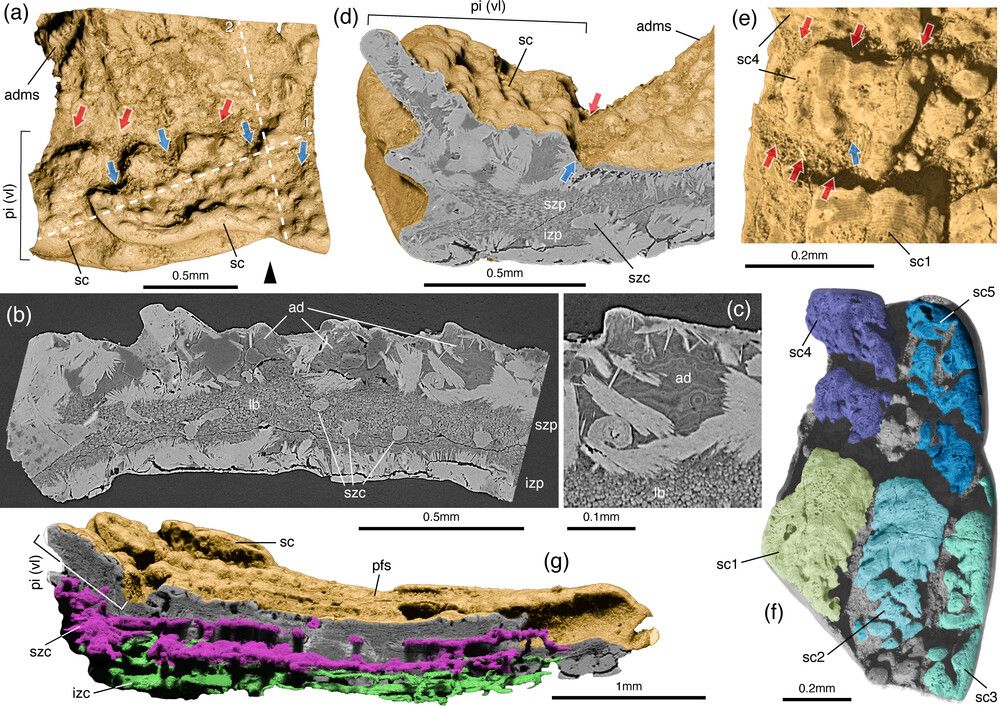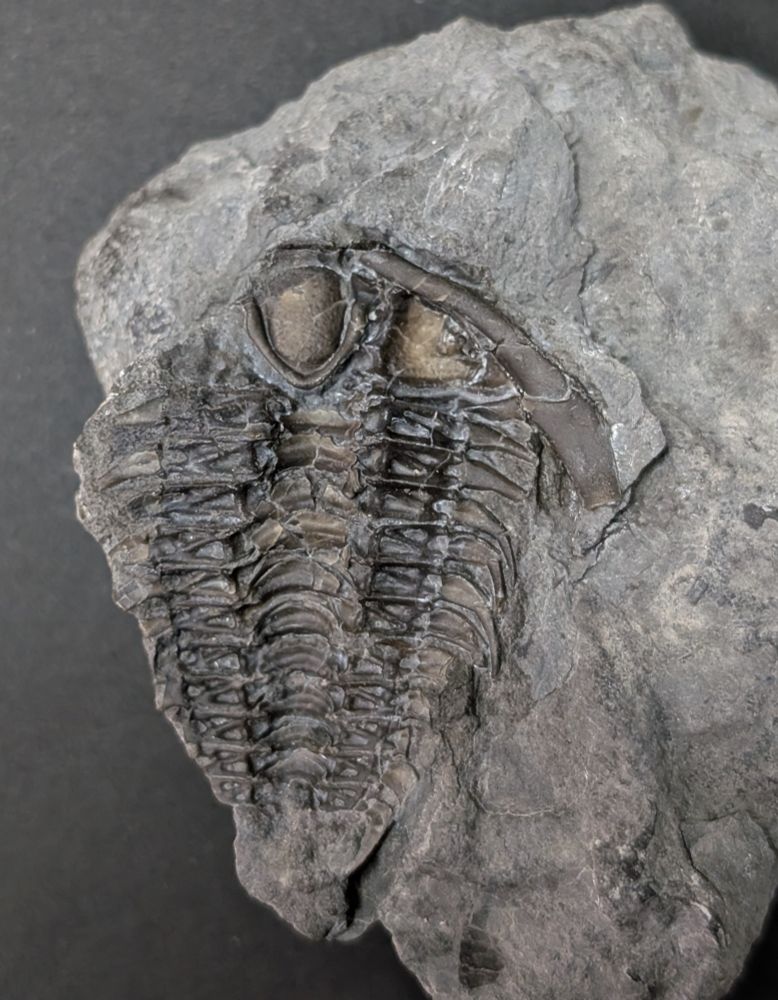Luis Collantes
@luiscollantes.bsky.social
110 followers
190 following
71 posts
Palaeontologist working on trilobites and other Palaeozoic arthropods.
Postdoctoral Researcher at the Yunnan Key Laboratory for Palaeobiology 🇨🇳
Huelva, Andalusia 🇪🇸
Posts
Media
Videos
Starter Packs
Reposted by Luis Collantes
Reposted by Luis Collantes
Reposted by Luis Collantes
Reposted by Luis Collantes
Reposted by Luis Collantes
Reposted by Luis Collantes
Reposted by Luis Collantes
Reposted by Luis Collantes
Reposted by Luis Collantes
Reposted by Luis Collantes
Reposted by Luis Collantes
Reposted by Luis Collantes
Reposted by Luis Collantes

























